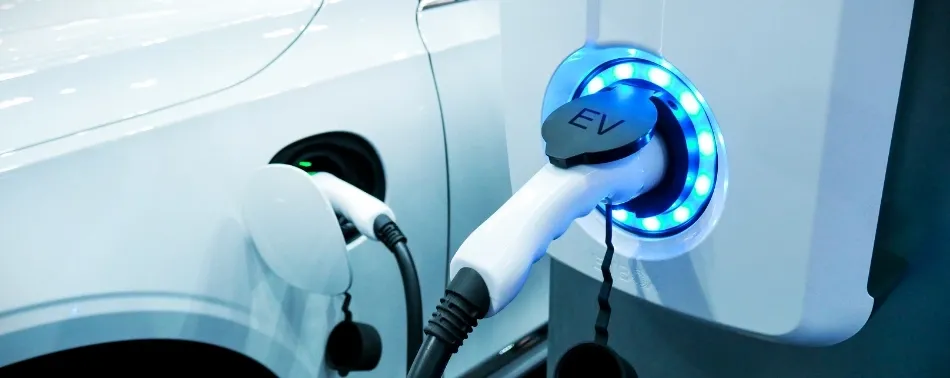How standards support electric vehicles

Sales of electric vehicles are continuing to soar. Analysts are predicting that electric vehicles could achieve 33% of the global vehicle market by 2028 and over 50% by 2035. Battery-powered vehicles account for more than 10% of new cars sold in Europe. All this is good news for the environment and the fight against global warming. Petrol vehicles currently account for 25% of total CO2 emissions in the world, making them the second largest carbon emitters.
Making transport more sustainable will be essential to achieving six of the 17 Sustainable Development Goals (SDGs) defined by the United Nations in its blueprint for building a better world by 2030. Electric vehicles are clean at the point of use and are also several times more efficient at converting energy into propulsion than gasoline or diesel combustion engines.
Several international technical committees have developed the foundation for the integration of transportation within energy systems. For example IEC 61850 standards, a foundational series of publications that pave the way for the use of a variety of digital technologies relating to smart energy.
They deal with issues such as the integration of renewable energies and electric vehicles within the electrical network. The standards developed in the IEC 62196 series, specify the requirements for plugs, socket-outlets, vehicle connectors, vehicle inlets to interface between the EV and the EV charging system.
A new edition of the first part of IEC 62196 has now been published. IEC 62196-1 describes the interface between the electric vehicle and the charging station and defines the requirements and test methods for the accessories used.
All of these standards can be purchased from our e-shop.